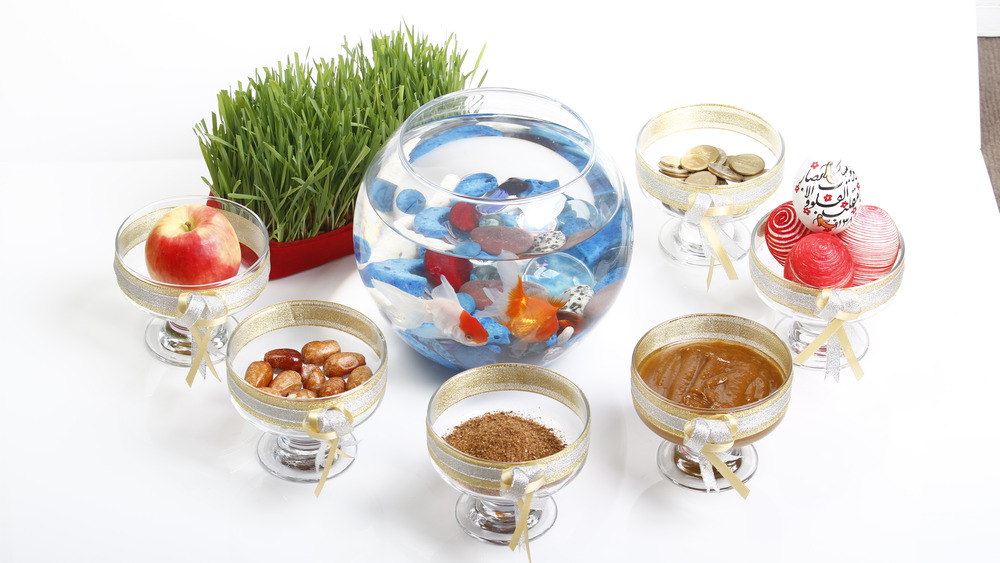https://www.youtube.com/watch?v=PGhKwCq7SZk&ab_channel=Maangchi
https://www.ncbi.nlm.nih.gov/pmc/articles/PMC6893577/
In my last cultural post, I discussed the importance of onggi and mentioned that this earthenware was used as a storage container for kimchi and soybean paste. Today I’ll be focusing on the process of making Korean sauces. Recently, jang damgeugi, the making of sauces such as gochujang (red chili paste), doenjang (soybean paste), and ganjang (soy sauce), was noted as a cultural asset as it was chosen to be documented as a National Intangible Cultural Heritage in South Korea. Specifically, fermented soybean paste has been around since the era of the Three Kingdoms of Korea and the customs of passing down this traditional method has since been going on for centuries.
To begin this process, workers boil down the soybeans and mash them into solid bricks. These bricks are referred to as meju. The technique used to dry the meju can be different depending on the region one lives, but essentially, they are naturally air-dried by hanging them up. Once dried, the meju are carefully placed in an onggi such that they do not break apart and covered with brine (salt water) and chilis. As the mixture marinates, the fermentation process allows the brine to become ganjang while the meju later become doenjang. Although China and Japan uses fermented soybeans in their cuisine, the process in Korea is distinguished by its capability to make ganjang and doenjang simultaneously.
Some of Korea’s well-known condiments are ganjang, sesame oil, doenjang, and gochujang. I’m glad I researched more into this because I wasn’t aware of these processes and got to learn about them. I think that food is one of the most important things about a culture and it is always interesting to learn how my ancestors prepared food so that I’m aware of doing the same for my future descendants.
Although most people have used ganjang aka soy sauce when preparing food, doenjang is not commonly used in cultures outside of Korea. It possesses a strong, rich smell that cannot be missed and is used as the base of doenjang jjigae (stew). Flavor-wise, it is similar to miso soup but a bit more on the pungent side. If you’ve had Korean BBQ, doenjang was likely used in the ssamjang, aka the red dipping sauce as a flavor enhancer.
Furthermore, I’ve ran across a research paper related to doenjang. The scientists wanted to see whether doenjang caused health troubles due to its high salt content or had benefits because it is a fermented food. They experimented and found that although doenjang is high in salt, the intake improved (lowered) blood pressure and decreased renin and aldosterone levels in rats compared to high salt intake. The conclusion was that eating traditional fermented food does not directly tie in with hypertension and can even be beneficial for those are normally healthy. They also confirmed that kimchi also is not associated with anyone getting an increased risk for hypertension. This is wonderful news to me as I have just had some kimchi on the side during lunch.


